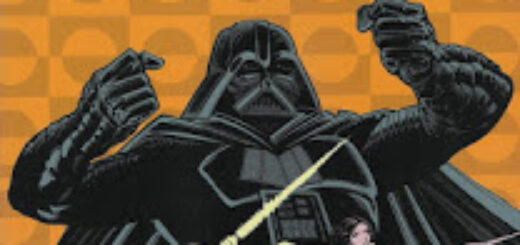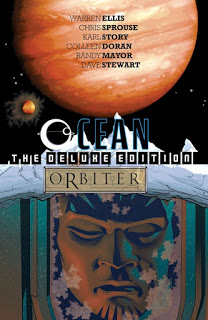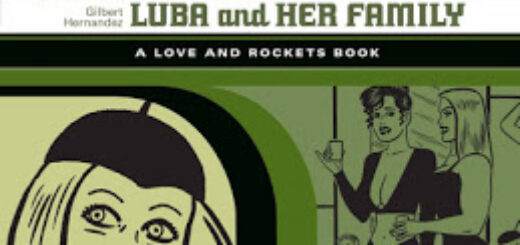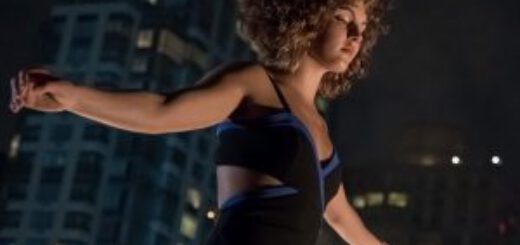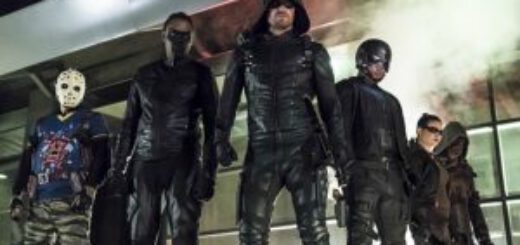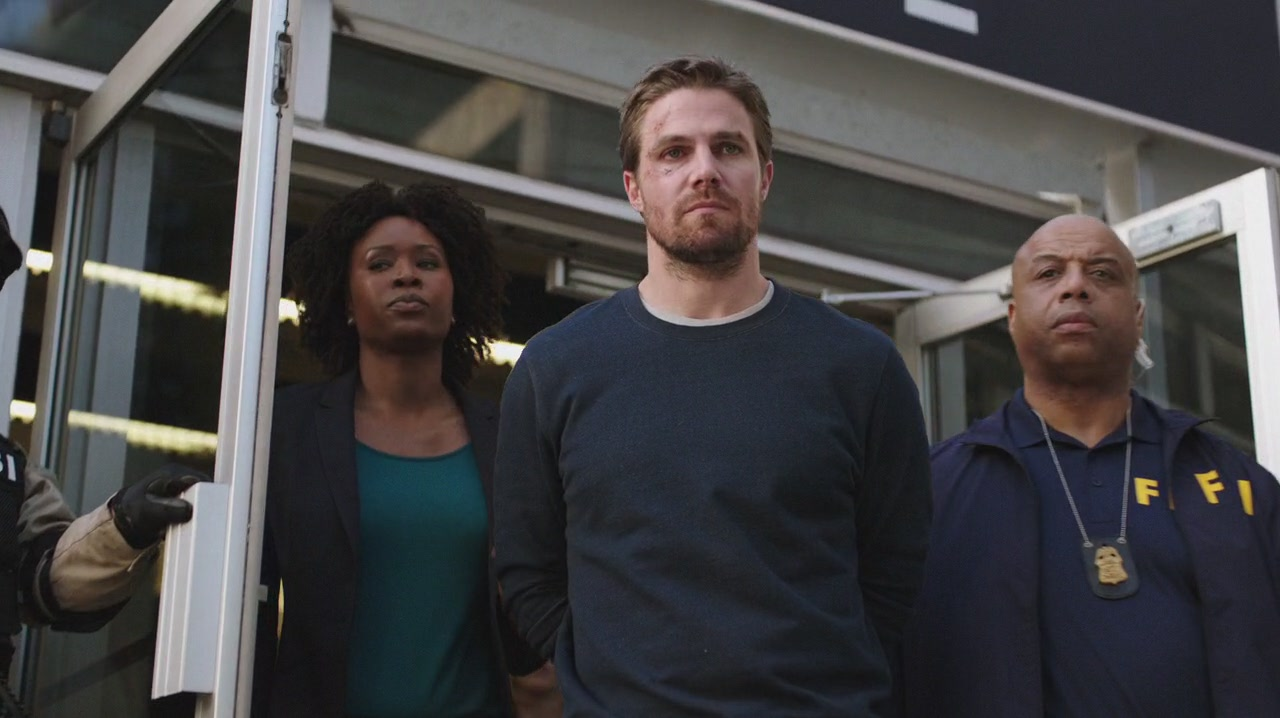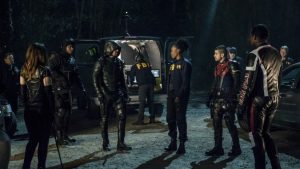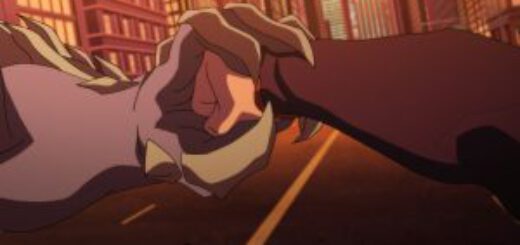Book-A-Day 2018 #235: Star Wars: A Long Time Ago…: Dark Encounters by a whole bunch of people
Today’s story is about reading procrastination, or about good intentions, or maybe just how there’s more things we want to do in the world than there are things we have the time to do.
Fifteen years or so ago, Dark Horse was humming along with its Star Wars comics program — a few things tied to the prequel trilogy, which was about to wrap up, but mostly in the “Extended Universe,” in-continuity stories that stretched across comics and videogames and the novels Bantam and others published. Someone remembered that there was also an old series of Star Wars comics — the ones from Marvel that ran from 1977 through 1986 and were solidly out of continuity by that point — and decided to reprint them.
I guess they were pitched to the Science Fiction Book Club, where I worked at the time. I was the resident Star Wars guy then, reading and acquiring all of the novels and getting to go to a licensor showing of Phantom Menace a few years earlier. [1] I don’t think we did them, but I ended up with copies of the first two collections, Doomworld and Dark Encounters .
At the time, I thought I’d be doing a lot of reading on the nice comfortable couch in our dining room/kitchen/maybe a great room if you squint. So the two Star Wars books, along with some other stuff, migrated to an end table next to that couch, and sat there. Somewhere in the middle, before this blog started, I did read Doomworld.
But Dark Encounters lingered, and wandered around the house, in search of a reading spot where I actually would read it. Eventually, it ended up on a shelf, which would have been the sensible place to begin, and I finally got to it — forty years after the comics themselves and over fifteen since the book was published — as part of this Book-A-Day push.
These stories are not part of any continuity anymore. They only vaguely qualified when they came out, since it was only the dawn of the Era Of Continuity, and it’s clear whoever held the license issued occasional diktats to Marvel, asking them to tack over in this direction because the new movie was coming up, or to slim down the new additions and have the next big plotline be set on Tatooine again.
But even that vague, OK-maybe-it’s-sorta-canon sense of the original comics was firmly jettisoned first by the Extended Universe (which, as far as I can tell, is mostly called that in retrospect — at the time it was just a bunch of other Star Wars stories in different media) and then by whatever we’re calling the spiffed-up Nu Wars continuity where Han and Leia only had one mopey son rather than three odd kids. So these stories are doubly out of continuity — they’re not even part of the old one, that various sectors of the Internet are loudly proclaiming is obviously better than this new version with way too many icky girls and not enough boys playing with their lightsabers.
And, frankly, these are odd stories: very comic-booky, obviously done quickly to deadlines and trying to spin out what was a fairly thin thread from the first Star Wars movie. (At this point, it was still called Star Wars. Please remember that.) If none of the ideas from these comics — the giant gambling space station The Wheel, ray shields, the villainous and aristocratic Tagge family, cyborg bounty hunters, Imperial industrial planets, the idea of the Empire as a long-running thing with a family one could marry into, the winged Sky’tri people of Marat V, the Sacred Circle religious organization — turned out to have anything to do with George Lucas’s actual future Star Wars stories, well, how could any of us have known? (George didn’t know himself, despite all of the many “I meant to do that” retcons since then.)
Dark Encounters collects issues 21 to 38, and the first Annual, of that Marvel series. Those comics originally appeared from March 1979 through August 1980 — Empire was in production for most or all of that time, but how much of the details flowed out to the comics team is harder to say. These were the days before tight licensing integration, in a world where communications were slower and less ubiquitous than now. Stuff just happened.
The comics here are mostly written by Archie Goodwin, with Chris Claremont tackling the Annual. Carmine Infantino draws nearly all of the issues, inked by Bob Wiacek most of the time and Gene Day the rest. (Mike Vosburg and Steve Leialoha did the Annual with Claremont.) The very last issue here much have some kind of interesting story behind it: issue 37 proclaims that the next issue will start the Empire adaptation, but the actual issue 38 has a shorter story “written” by Goodwin but “plotted” by penciller Michael Golden, which smells like a last-minute rush job to me. The issue (inked by Terry Austin) is also very much a one-off fill-in, of the “hey! did we tell you this story? it happened a little while ago, in between other stories…” style. And then it, too, says the next issue will begin the Empire adaptation, which actually did happen.
Characters often look off-model here, particularly Chewbacca, who has a flesh-colored face for a lot of the book. Whether they act off-model is a more complicated question: you have to consider only the original Star Wars movie, and that doesn’t giver us a lot of guidance. But they’re all pretty recognizable as the people they kept being in the later movies — depth of characterization is not really a George Lucas core concern.
So these are weird, funky ’70s Star Wars stories, set in a universe that’s vaguely like the later Star Wars universes, but not all that much. Sadly, the giant green bunny Jaxom doesn’t show up in this book — I think he was in the first collection — but we do have a planet of blue-skinned flying people to compensate. (Frankly, a lot of this Star Wars feels more like the 1980 Flash Gordon than like what Star Wars turned into.) The core audience, obviously, is people who were there at the time, but there’s appeal to anyone who likes the oddball corners of space-operatic universes.
[1] True fact: I only got to go to two movie screenings because of the SFBC. One was Phantom Menace and the other was Batman and Robin. So, yeah, the glamor was real.
![]()
![]()
Reposted from The Antick Musings of G.B.H. Hornswoggler, Gent.

